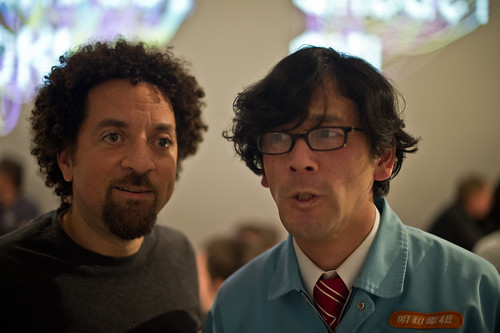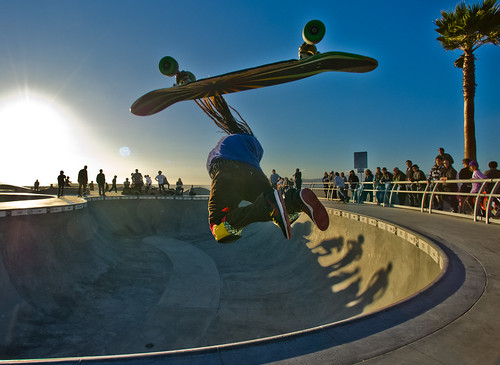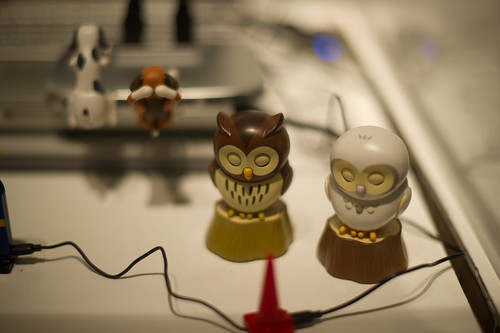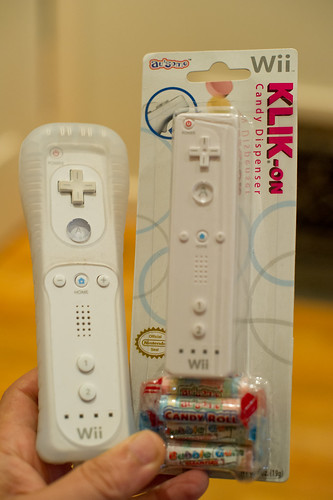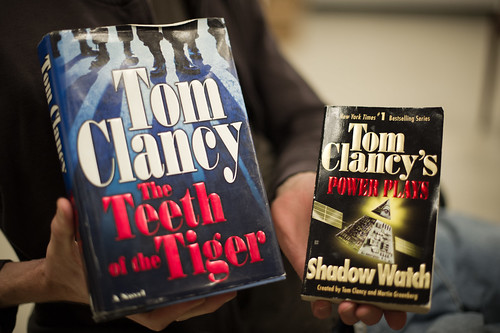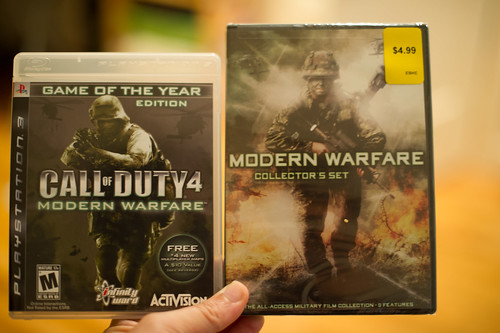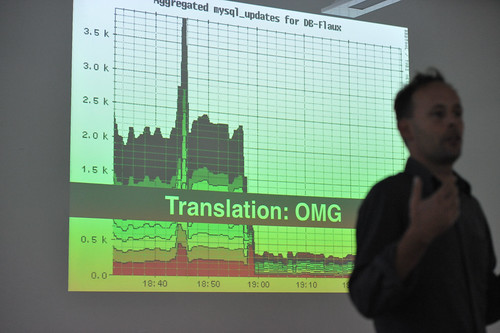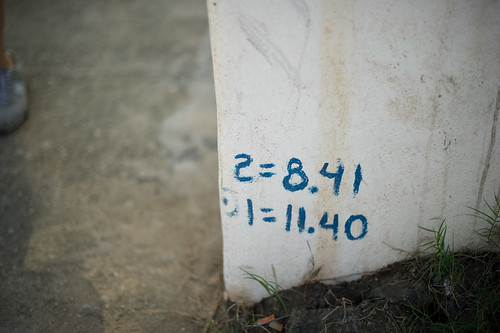Well, another week, another set of tardy week notes..it only seems like sheer anxiety about not being diligent propels me and that only when the subsequent week begins.
Onward.
It was a week of production of things related to project Trust; completing, debating, refinishing, redesigning as these things go, which seems classic completionist dyslexia, seeing as the next, next *done-by that we set was, technically, the end of February and already the calls are coming in to see it to help with whatever-whatever other thing someone else is doing that they feel could use a burnish or a braze from Trust. We’re genuinely excited to have these conversations — almost a dozen such over the next two weeks according to this scrap of paper with names, dates and locations.
In the midst of this, at this point is the curious letting-of-things-go insofar as the *intelligence or the *ideas in the project have been assumed embedded directly enough in their exemplars that actually figuring out what the ideas are, or refining them and so forth — this has gained little attention with a pure, slightly unnerving emphasis on the communication of them through small films, and a focus on the means and mechanics by which the communication happens. I suppose this is as these things go — for the writer in me (I mean this quite modestly), this is like the polishing and editing of the thought, with the thought and story quite well completed and beyond the point where major revisions can happen. If I can keep on this track of pure production, pure editing, I’d be surprised, knowing my penchant for rethinking at the last minute.
There was a short, two day trip to San Francisco to visit the facilities there and participate in an in-depth technical review, which was 2 parts engaging, 2 parts intriguing and 1 part exhausting. Communicating the experience of interaction touchpoints and *user (bleech..) journeys in order to feedback into the circuits of design, technology, logistics and accounting is something quite new to me, but something I genuinely want to understand and participate in, *only to know how design can shape an influence and be instrumental to the work that (a) engineers do; (b) software programmers do; (c) middling, junior designers do; (d) people under tremendous pressures with financial incentives calibrated to meeting some date in a calendar, um..do; (e) accountants and business people do..etc. ((This thinking calibrates with a talk Mike Kruzeniski gave at IxDA, which I hope to hear one day where he conveys this important, crucial notion that if you cannot make your design criteria, pattern, process, thinking — whatever — communicate to the sensibilities of the engineers making the stuff you draw in story boards, then you may as well take up horse shoeing.))
What also occurred to me during this workshop-y couple of days was the means and mechanisms by which one communicates *feedback. The spreadsheets and awkward photos seems positively medieval, which is not to register anything negative about the facilitators. I think we’re all meant to contribute to this new, new process of review and it got me thinking about another mechanism that is closely to small, short visual films (of course..it’s all we’re doing these days) that may be more impactful if less didactic.
Finally, a lovely close to the week — I sprinted off of the bloated plane from SFO, jumped into my car (becoming the mayor of Parking Lot C on Foursquare, in the process, much to the ridicule of *friends) and headed over to the Gadget OK! exhibition, talk, dinner at UCLA’s D|MA. Sadly, I missed Maywa Denki perform, but I did get to see the exhibition and buttonhole Tosa-san for our obligatory weird photo. ((More photos of the exhibition and stuff are here: http://www.flickr.com/photos/julianbleecker/sets/72157623486756774/)
